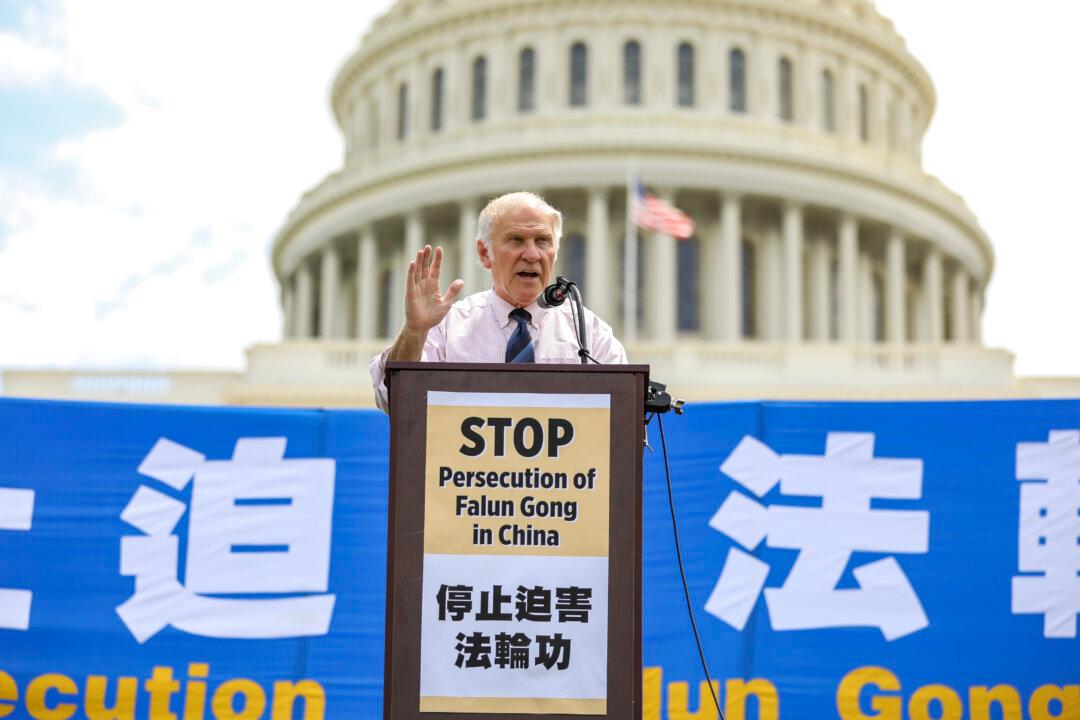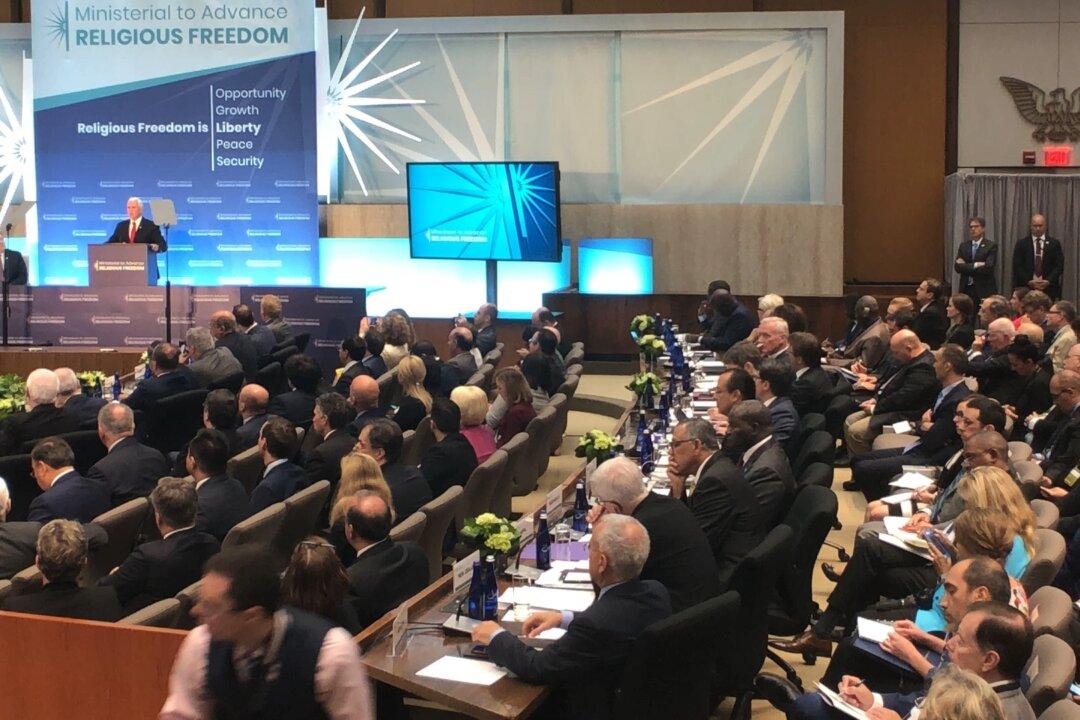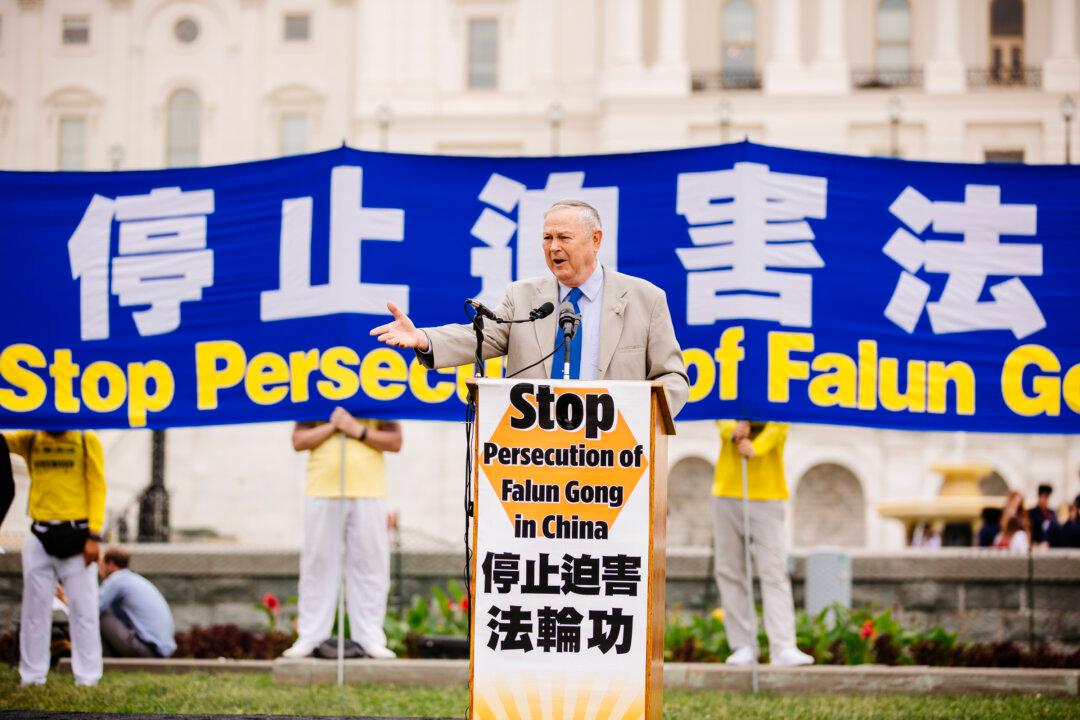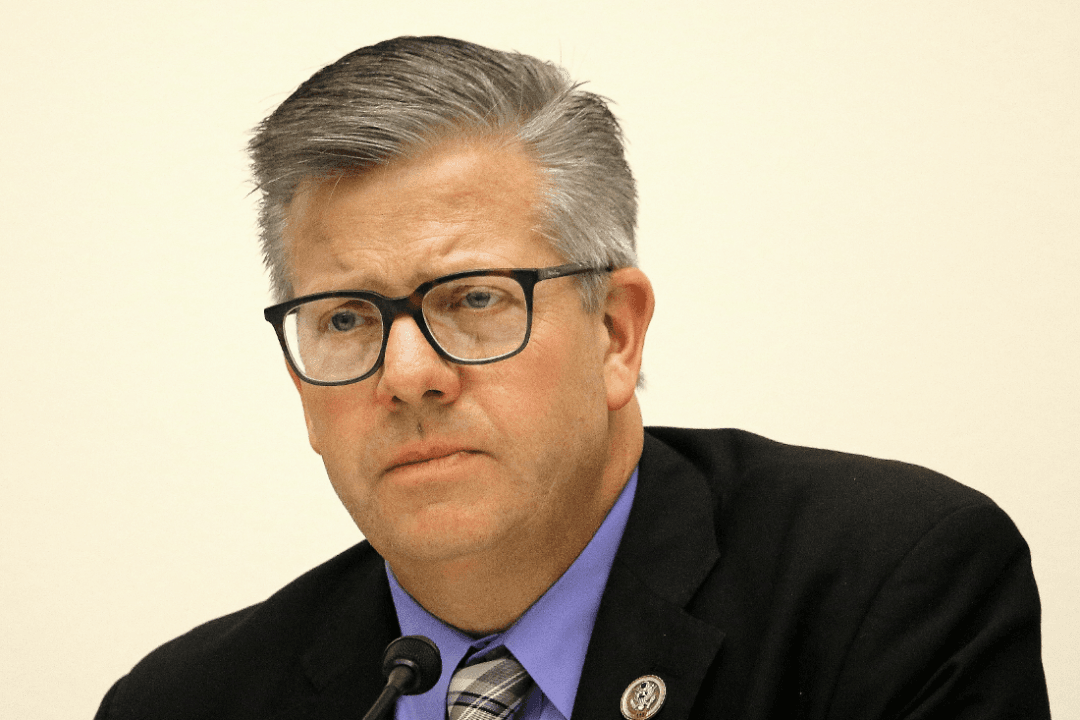WASHINGTON—When President Barack Obama signed the Federal Aviation Administration reauthorization bill Feb. 14, it included provisions to facilitate the commercial and civil use of unmanned aerial vehicles (UAVs)—commonly called drones—and integrate them into national airspace. The bill called for expedited access to the use of UAVs by first responders like law enforcement, firefighters, and emergency responders, according to the Unmanned Aerial Vehicle News.
Drones are well known for their use in military surveillance and targeting, receiving publicity for successes in the war in Afghanistan and the killing of Taliban commanders.
According to the FAA, “Interest is growing in civil uses, including commercial photography, aerial mapping, crop monitoring, advertising, communications, and broadcasting. Unmanned aircraft systems may increase efficiency, save money, enhance safety, and even save lives.”
Current FAA rules restrict flights of UAVs to no higher than 400 feet, and away from airports and air traffic. The drones are treated by the FAA as experimental, to conduct research and pilot training, but not for use commercially. This situation should change rapidly, as the reauthorization bill instructs the FAA to come up with a comprehensive integration plan within nine months.
As drones could potentially become familiar objects in our domestic skies, questions over safety, privacy, and national security have arisen.
For example, in our crowded skies, what assurances will there be to avoid collisions? Should it be legal for a drone to hover over someone’s backyard for days or even months recording all social interactions, and then feed the information to the Web? What will prevent terrorists from weaponizing drones and targeting a government building or military installation?
To take a closer look at these questions, the Brookings Institution convened a panel of experts of diverse backgrounds April 4, to discuss the potential for harm and good in the use of drones.
Consider the safety issue. “If the communication link between the pilot and aircraft fails, then there are obviously challenges involved in bringing the aircraft back to the ground without endangering other aircraft or people on the ground,” said John Villasenor, a senior fellow at the Brookings Institution.
Villasenor, a professor of electrical engineering at the University of California–Los Angeles (UCLA), next discussed privacy. He said that when a UAV isn’t visible to its operator, it’s called non-line of sight operation. “Non-line of sight operation would make it possible for someone to fly a drone into a fenced-in yard, lower it down to hover directly outside a window facing into the yard, and take pictures of the interior of the house,” he said.





